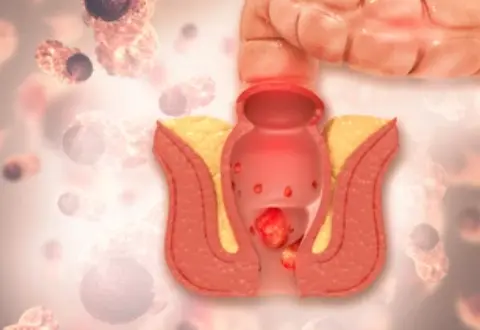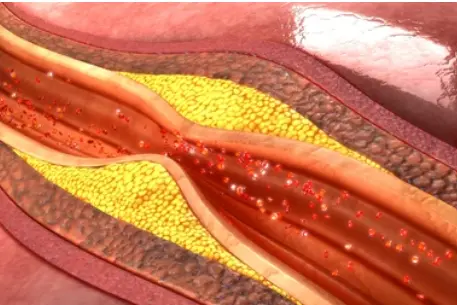 Welcome
Welcome
“May all be happy, may all be healed, may all be at peace and may no one ever suffer."
Secondary hyperparathyroidism - Generics
Secondary hyperparathyroidism is a condition in which the parathyroid glands in the neck produce too much parathyroid hormone (PTH) in response to low levels of calcium in the blood. This is usually due to an underlying medical condition, such as chronic kidney disease, malabsorption syndromes, or vitamin D deficiency.
When calcium levels in the blood are low, the parathyroid glands release PTH, which signals the bones to release calcium into the bloodstream and the kidneys to retain calcium while increasing the production of vitamin D. However, in cases of secondary hyperparathyroidism, the elevated PTH levels can lead to a depletion of calcium in the bones, a condition known as osteoporosis.
Symptoms of secondary hyperparathyroidism may include bone pain, weakness, fractures, and kidney stones. Blood tests can be used to diagnose the condition by measuring levels of calcium, phosphorus, and PTH.
Treatment for secondary hyperparathyroidism may involve addressing the underlying medical condition, such as treating kidney disease or vitamin D deficiency. Medications may also be prescribed to lower PTH levels, such as calcium and vitamin D supplements, phosphate binders, or calcimimetics. In severe cases, surgery to remove the parathyroid gland(s) may be necessary.
It is important to seek medical attention if you experience symptoms of secondary hyperparathyroidism, as untreated cases can lead to complications such as bone fractures and kidney damage.
Abortion

Haemorrhoids (piles)

Pneumococcal disease

Improving recovery after...

Body dysmorphic disorder

Lactation suppression

Phaeochromocytoma

Chronic myeloid leukemia
Secondary hyperparathyroidism, মাধ্যমিক হাইপারপাথেরয়েডিজম
To be happy, beautiful, healthy, wealthy, hale and long-lived stay with DM3S.